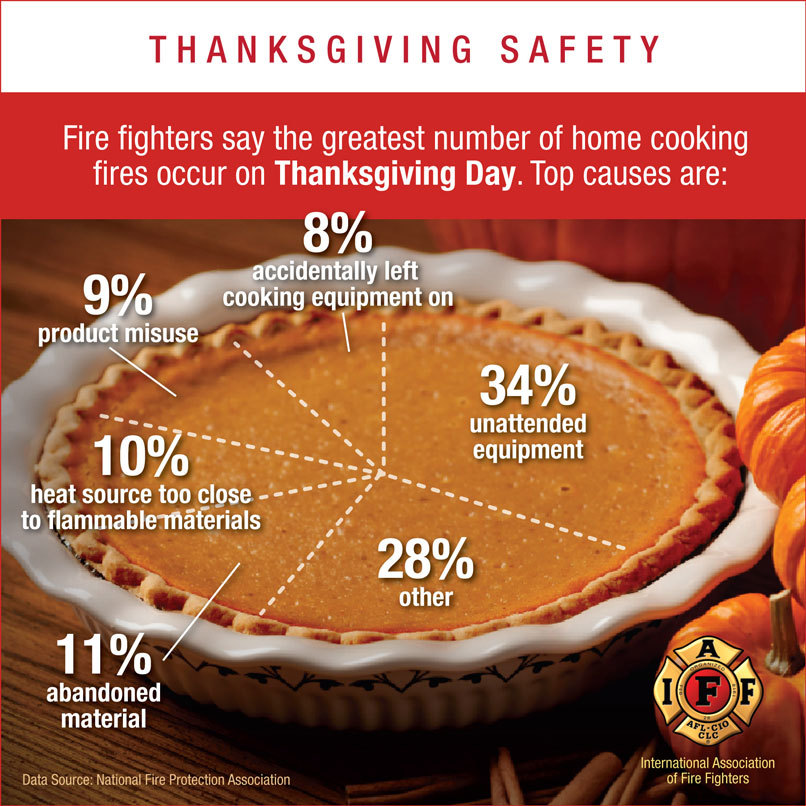For most, the kitchen is the heart of the home, especially during the holidays. From testing family recipes to decorating […]
Tag: Cook stove
Statistics show that cooking fires nearly double on Thanksgiving Day, occurring more than twice as often than on another day. […]
Smoke from wood-burning stoves and fireplaces contain a mixture of harmful gases and small particles. Breathing these small particles can […]
Nitrogen dioxide (NO2) is an odorless gas that can irritate your eyes, nose and throat and cause shortness of breath. […]
In the U.S., a house catches on fire every 45 seconds. The devastating effects of rapid fires hit homes both […]

